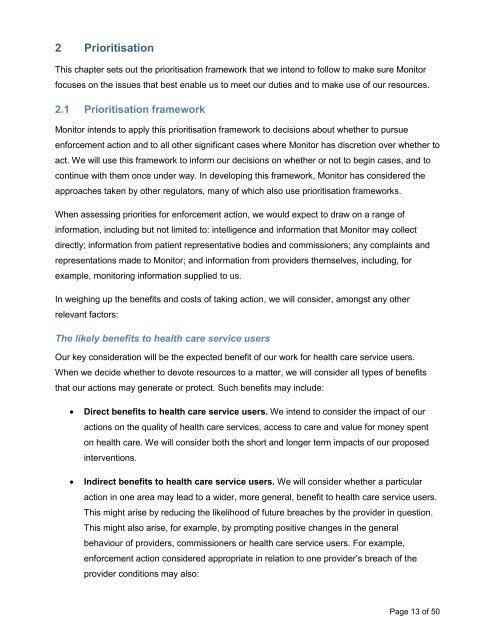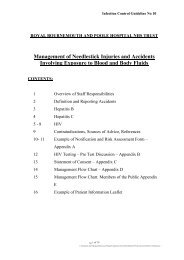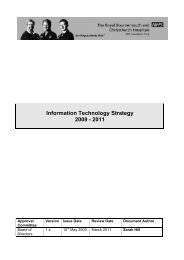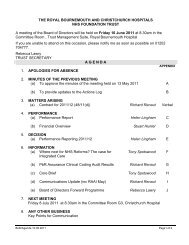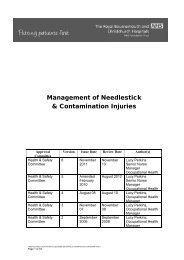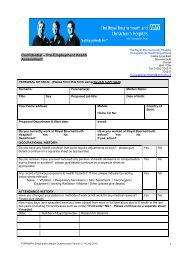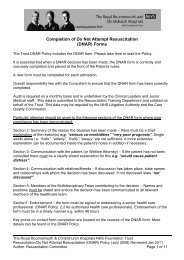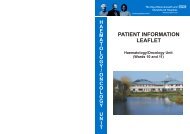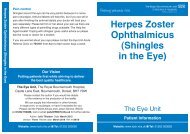A G E N D A 1. APOLOGIES FOR ABSENCE Ian Metcalfe 2 ...
A G E N D A 1. APOLOGIES FOR ABSENCE Ian Metcalfe 2 ...
A G E N D A 1. APOLOGIES FOR ABSENCE Ian Metcalfe 2 ...
You also want an ePaper? Increase the reach of your titles
YUMPU automatically turns print PDFs into web optimized ePapers that Google loves.
2 PrioritisationThis chapter sets out the prioritisation framework that we intend to follow to make sure Monitorfocuses on the issues that best enable us to meet our duties and to make use of our resources.2.1 Prioritisation frameworkMonitor intends to apply this prioritisation framework to decisions about whether to pursueenforcement action and to all other significant cases where Monitor has discretion over whether toact. We will use this framework to inform our decisions on whether or not to begin cases, and tocontinue with them once under way. In developing this framework, Monitor has considered theapproaches taken by other regulators, many of which also use prioritisation frameworks.When assessing priorities for enforcement action, we would expect to draw on a range ofinformation, including but not limited to: intelligence and information that Monitor may collectdirectly; information from patient representative bodies and commissioners; any complaints andrepresentations made to Monitor; and information from providers themselves, including, forexample, monitoring information supplied to us.In weighing up the benefits and costs of taking action, we will consider, amongst any otherrelevant factors:The likely benefits to health care service usersOur key consideration will be the expected benefit of our work for health care service users.When we decide whether to devote resources to a matter, we will consider all types of benefitsthat our actions may generate or protect. Such benefits may include:Direct benefits to health care service users. We intend to consider the impact of ouractions on the quality of health care services, access to care and value for money spenton health care. We will consider both the short and longer term impacts of our proposedinterventions.Indirect benefits to health care service users. We will consider whether a particularaction in one area may lead to a wider, more general, benefit to health care service users.This might arise by reducing the likelihood of future breaches by the provider in question.This might also arise, for example, by prompting positive changes in the generalbehaviour of providers, commissioners or health care service users. For example,enforcement action considered appropriate in relation to one provider’s breach of theprovider conditions may also:Page 13 of 50


